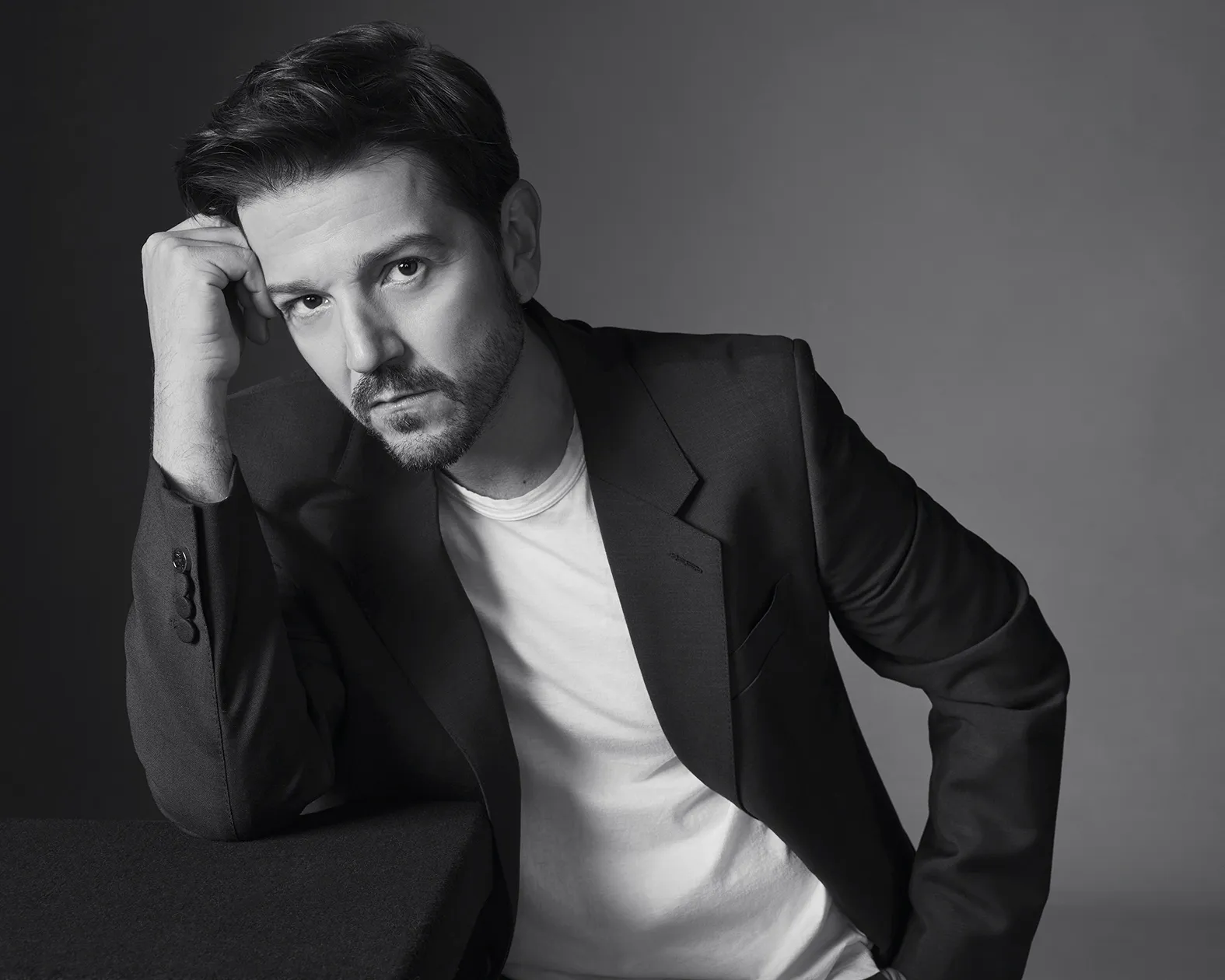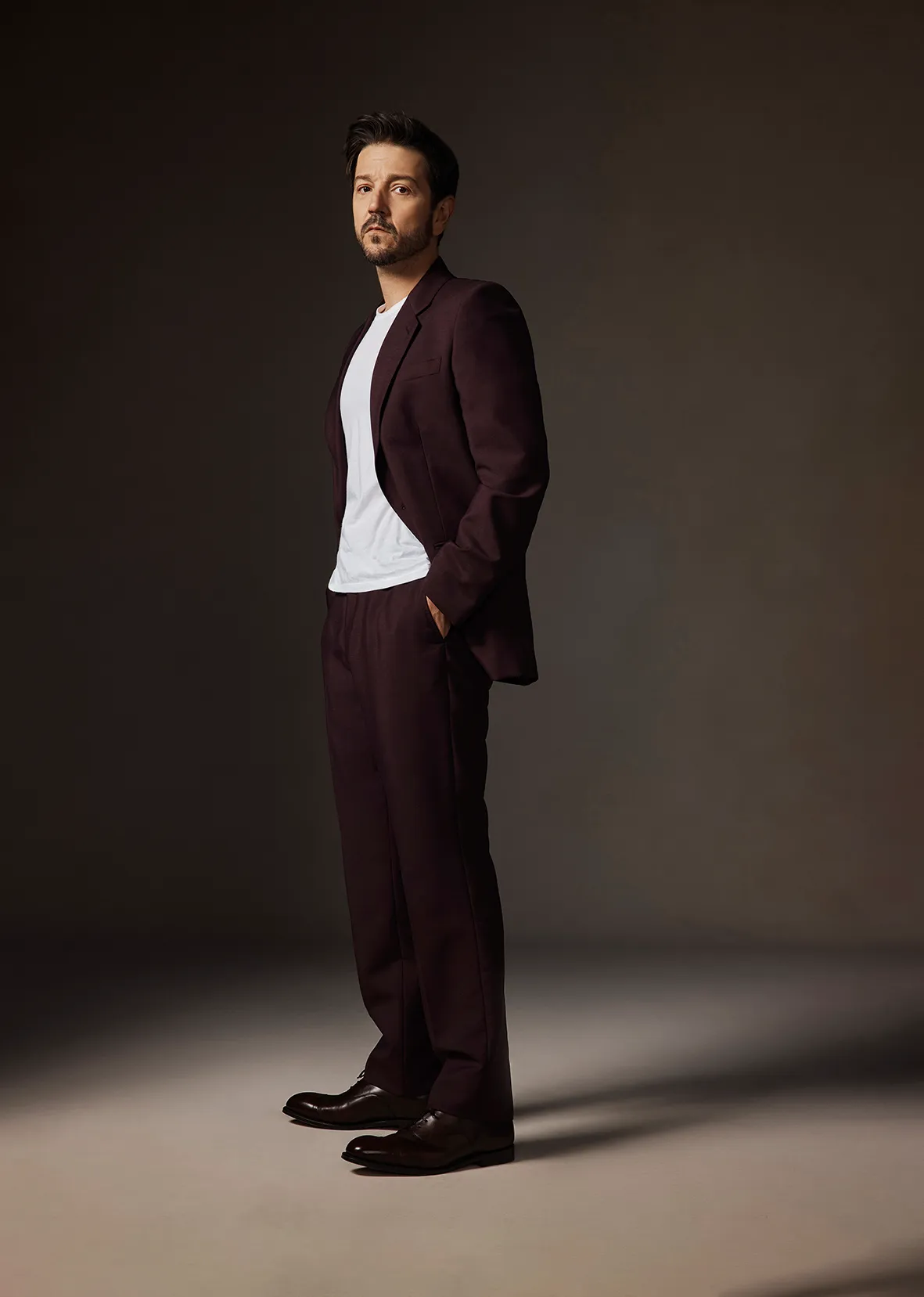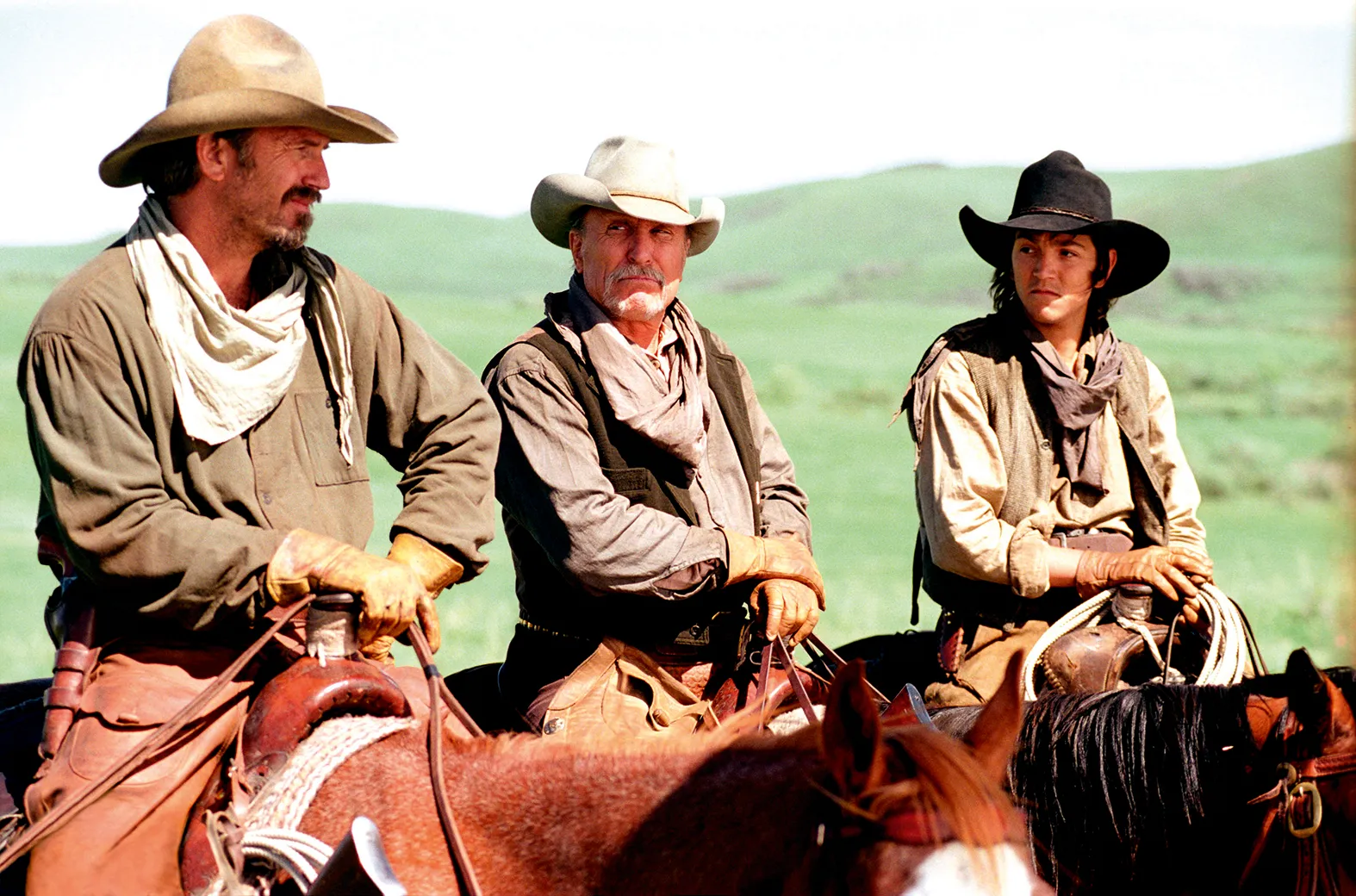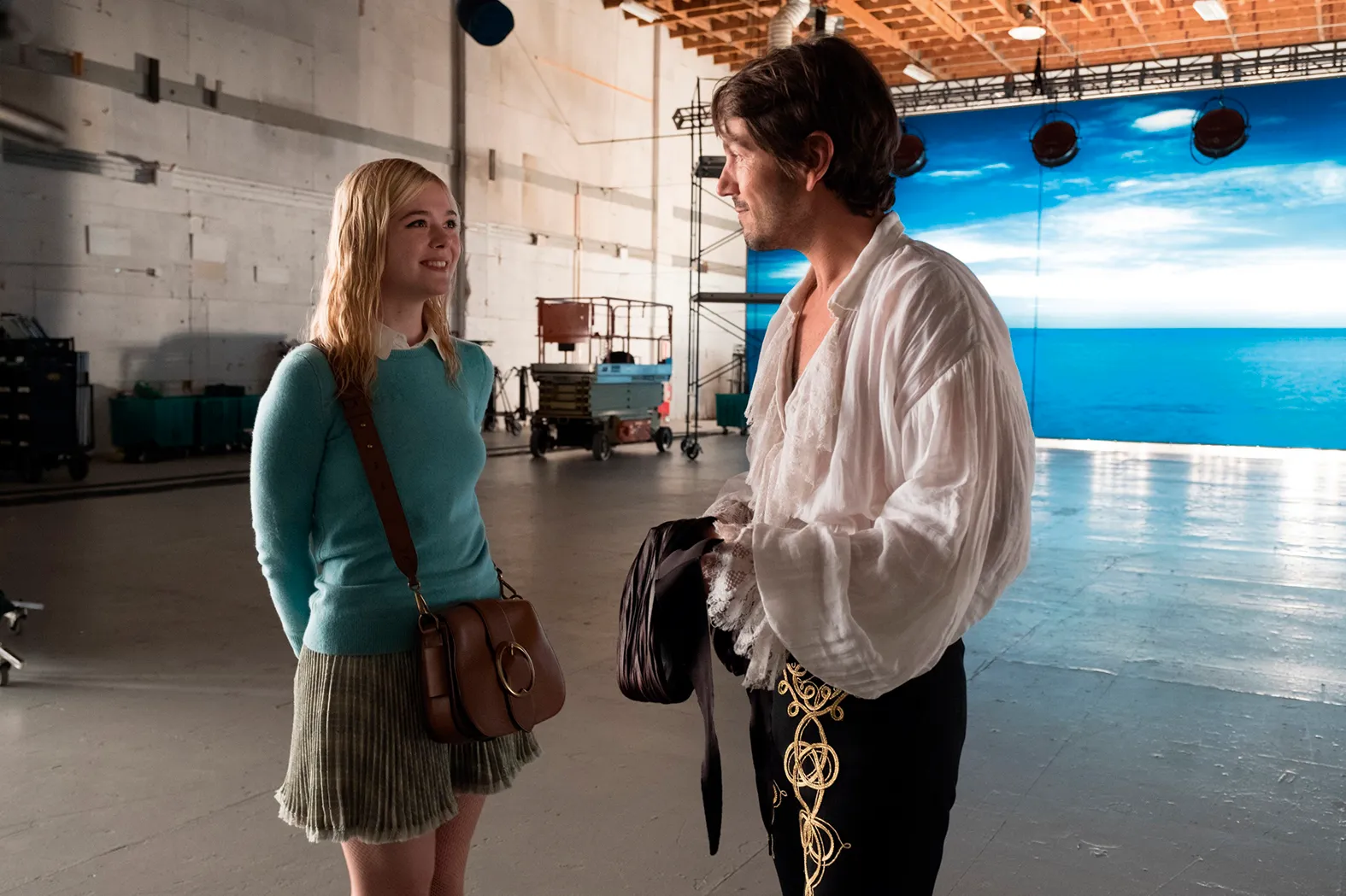Introduction: From Mexican Soap Operas to International Stardom
Diego Luna stands as one of Mexico’s most internationally recognized actors and arguably one of the most beloved stars in his home country. His journey from the small screens of Mexican telenovelas to becoming a global figure in cinema and television showcases a career marked by diversity, bold choices, and a steadfast connection to his roots.
Luna’s evolution as an artist reflects a versatility and maturity rare among actors who transition from national fame to international acclaim. This article explores Luna’s career trajectory, his recent work on the acclaimed series Andor, his perspectives on revolution and storytelling, and the personal influences that have shaped his artistic path.
Early Life and Beginnings in the Arts
Born Into Creativity: Family Influence
Diego Luna’s artistic inclinations were nurtured from a young age. As the son of Alejandro Luna, a renowned set designer, and Fiona Alexander, a costume designer, he was steeped in the world of theater and film from childhood. This early exposure offered him a unique vantage point on the creative process and helped pave his path toward acting.
Luna’s formative years were filled with theater experiences and small roles in plays, fostering a deep love for performance and storytelling.
Early Acting Career: The Telenovela Stage
At just 13 years old, Diego Luna made his television debut in the Mexican telenovela El Abuelo y Yo (Grandfather and I), produced by the Televisa network. This early start in television was crucial in building his confidence and presence as an actor, and it connected him with a wider audience in Mexico.
While many young actors might struggle with typecasting or fleeting fame in soap operas, Luna used these experiences as stepping stones rather than endpoints, eager to expand into more challenging roles.
Breakthrough Role: Y Tu Mamá También and Its Impact
A Landmark Film in Mexican and Global Cinema
In 2001, Diego Luna starred in Y Tu Mamá También, a film directed by Alfonso Cuarón that would become a defining moment in his career. The film also featured Gael García Bernal and Maribel Verdú, creating a dynamic trio that captivated audiences worldwide.
Y Tu Mamá También was more than a coming-of-age story; it was a raw, unfiltered look at youth, sexuality, and the socio-political realities of Mexico. The film received widespread critical acclaim and international attention, establishing Luna as a formidable actor on the global stage.
Collaboration with Alfonso Cuarón: A Mentorship That Shaped Luna
Luna credits Cuarón not only for the exposure but also for the profound influence on his understanding of cinema. The director helped Luna see film as a medium for experimentation and storytelling that extends beyond mere entertainment.
This collaboration inspired Luna to branch out into directing and producing, planting the seeds for his multifaceted career in the years to come.
A Multifaceted Career: Acting, Directing, Producing, and More
A Versatile Actor Across Genres and Borders
Diego Luna’s filmography is a testament to his adaptability and passion for storytelling. He has worked with a wide array of directors, from indie icons like Gus Van Sant and Harmony Korine to Hollywood legends such as Steven Spielberg, Woody Allen, and Bill Condon.
His ability to shift seamlessly between indie dramas, mainstream blockbusters, and auteur films has won him respect in diverse film communities. Luna refuses to be pigeonholed, choosing roles and projects that challenge him artistically and socially.
Behind the Camera: Directing and Producing
Luna is not only an actor but also a filmmaker. He has directed short films, television series, music videos, documentaries, and feature films. Furthermore, he has produced over 40 projects, highlighting his dedication to supporting meaningful stories, especially those from Latin America.
His screenwriting and occasional singing add yet another layer to his creative portfolio, making him a true polymath in the entertainment industry.
Andor: Luna’s Revolutionary Role in the Star Wars Universe
Entering the Galaxy Far, Far Away
Diego Luna’s role as Cassian Andor in Andor, a recent Star Wars series premiering on Disney+ on April 22, marks a significant chapter in his career. The show, a dark and gritty political drama set within the Star Wars universe, has been described as “if Ken Loach had made a Star Wars movie.”
Ken Loach, a British director known for his militant focus on class struggle and social justice, serves as an unexpected yet fitting reference point for the series’ tone and themes.
The Political Heart of Andor
Luna appreciates the political and social depth of Andor, emphasizing how the show portrays communities “from the bottom up” struggling against power. He believes the series reflects contemporary global realities of power struggles, rebellion, and the responsibilities of citizenship.
Unlike traditional Star Wars stories focused on heroism and fantastical battles, Andor centers on the galaxy’s forgotten, disenfranchised populations fighting for their destiny. Luna stresses the importance of this narrative, which transcends the franchise to speak to universal human experiences.
Accessibility Beyond the Star Wars Fandom
Interestingly, Luna notes that Andor appeals not only to longtime Star Wars fans but also to viewers who usually avoid the franchise. Its grounding in political drama, spy thriller elements, and complex character studies makes it accessible to a broader audience.
This accessibility broadens the show’s impact, introducing fresh viewers to the franchise’s universe through a mature, realistic lens.
The Legacy of Rogue One and Its Connection to Andor
A Revolutionary Predecessor
Diego Luna’s most commercially successful film to date is Rogue One: A Star Wars Story, a standalone film within the Star Wars saga that has garnered critical and popular acclaim.
Luna sees Andor as an extension of Rogue One, noting that without the latter, the former would not exist. Both projects share a darker, more mature tone, pushing the boundaries of the traditional Star Wars narrative.
The Realism and Grit That Define Luna’s Star Wars Experience
When Luna was approached for Rogue One, director Gareth Edwards sought a naturalistic and documentary-style performance, something unusual for a franchise known for its spectacle. Edwards encouraged improvisation and authentic character dynamics, reminiscent of Luna’s early work in Y Tu Mamá También.
Luna recounts how this approach to acting resonated with him and made the role feel like a perfect fit. The film’s darker and more realistic tone distinguished it from the rest of the franchise, challenging the usual Star Wars conventions.
Personal Reflections and Career Philosophy
Early Aspirations and Changing Plans
Diego Luna candidly shares that although he once had detailed career plans in his twenties, those plans gradually faded as he gained more experience. He now prioritizes comfort and passion in choosing projects, rather than rigid goals.
This philosophy has allowed him to take risks, pursue diverse roles, and stay authentic to his artistic vision.
Family Legacy and Mentorship
The influence of Luna’s father, Alejandro Luna, remains deeply embedded in his career. His father introduced him to the theater world and supported his artistic growth until his passing in 2022.
Luna also credits Mexican playwright Luis de Tavira as a mentor who helped him take his acting seriously from the age of 15. These personal influences have shaped not only his craft but also his resilience in the industry.
Reflections on Revolution: Art and Activism
Revolution Starts Within
Luna often speaks about revolution not just as a political event but as an internal process. His roles and projects, especially Andor, reflect themes of personal and societal change.
He believes that storytelling is a powerful tool for portraying struggles and inspiring audiences to consider their roles as citizens and agents of change.
The Importance of Stories from the Margins
Luna champions narratives that highlight marginalized communities and overlooked voices. Drawing from the influence of filmmakers like Ken Loach, he sees Andor and his broader work as contributions to a more inclusive, socially aware cinematic landscape.
The Future: Where Does Diego Luna Go From Here?
Commitment to Storytelling and Experimentation
Diego Luna remains committed to exploring new facets of filmmaking, whether through acting, directing, or producing. His openness to experimentation and new genres ensures a dynamic and evolving career.
The Legacy of Andor and Beyond
With Andor set to continue its story across multiple seasons, Luna is poised to further cement his legacy within one of the most beloved sci-fi universes. Yet, he remains grounded, focused on projects that resonate personally and socially.
Conclusion: Diego Luna, the Actor, the Filmmaker, the Revolutionary
Diego Luna’s career is a remarkable journey from a young actor in Mexican soap operas to an international star and influential filmmaker. His work demonstrates a commitment to authenticity, social consciousness, and artistic integrity.
As Andor captures hearts with its revolutionary narrative, Luna stands ready—not only to entertain but to challenge and inspire. His story is a testament to the power of art to reflect, disrupt, and transform society.
- Man City drop Jack Grealish transfer hint as they launch stunning new kit for Club World Cup - June 5, 2025
- Madison Beer Shares Cheeky Bath Photo in Oscars Party Post - June 5, 2025
- Willow Name Meaning - June 5, 2025










